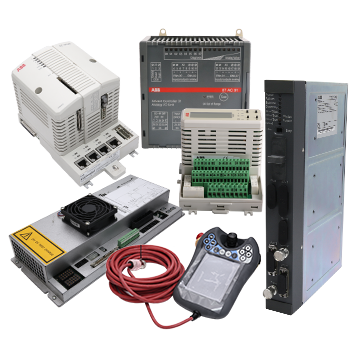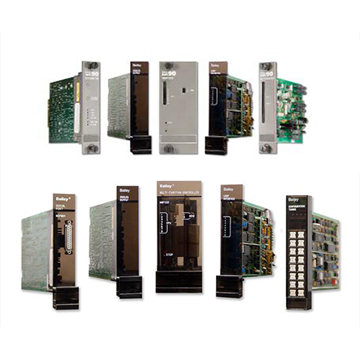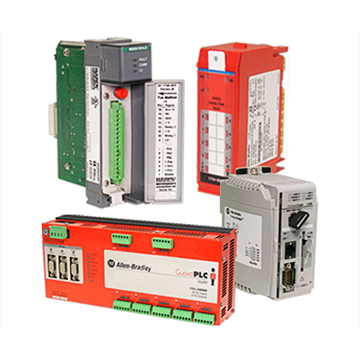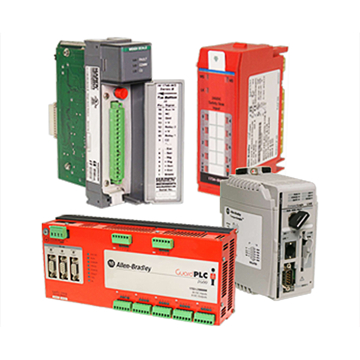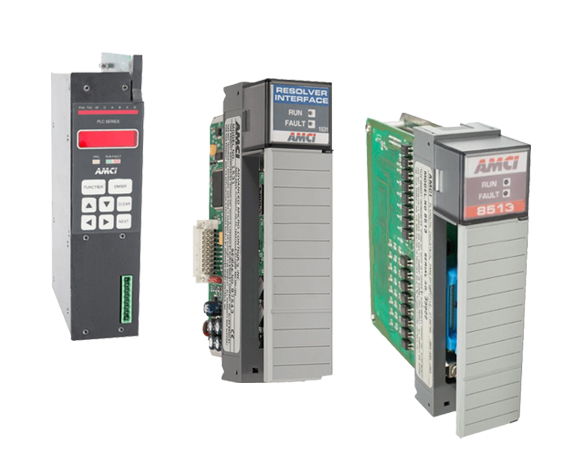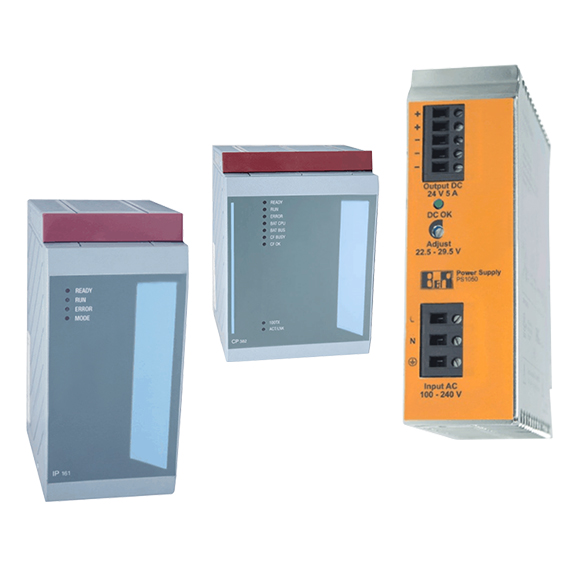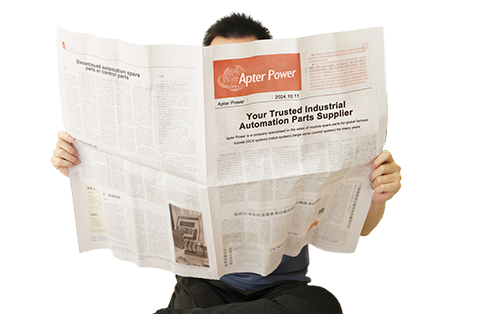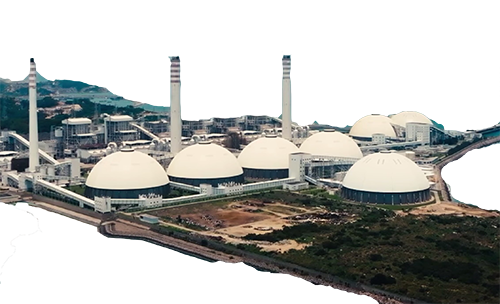The Rise of AI in the Manufacturing Industry
Artificial Intelligence (AI) is revolutionizing the manufacturing sector in remarkable ways, offering the potential to transform production processes, improve efficiency, and drive growth. With the ongoing adoption of AI technologies, industries are experiencing smarter automation systems, enhanced quality control, and more responsive supply chains. AI is rapidly becoming a game-changer for manufacturing companies worldwide, and its practical applications are growing exponentially.
According to recent reports, AI could significantly boost the manufacturing industry’s economic potential, with an estimated $3.8 trillion in gains by 2035. With this momentum, the sector is eager to embrace AI-driven solutions that streamline operations and enhance productivity. Manufacturers are now leveraging AI to unlock new opportunities for optimization, cost savings, and improved output.
Key Benefits of AI in Manufacturing
The integration of AI into manufacturing systems offers several transformative benefits that can shape the future of industrial operations. Some of the key advantages include:
Increased Efficiency: AI-powered automation systems can perform repetitive tasks with precision, reducing downtime and boosting overall production rates.
Improved Quality Control: AI enhances quality assurance by identifying defects, inconsistencies, and errors faster and more accurately than traditional methods.
Predictive Maintenance: AI-driven sensors and machine learning algorithms can predict equipment failures, helping businesses avoid costly downtime and enhance maintenance schedules.
Cost Savings: By optimizing production processes and reducing waste, AI technologies help manufacturers save on labor, energy, and raw material costs.
Faster Product Development: AI enables faster prototyping, simulation, and design iterations, significantly accelerating product development cycles.
As AI continues to evolve, its application in manufacturing will only grow, bringing new capabilities to industries eager to stay competitive in a fast-paced environment.
Real-World Applications of AI in Manufacturing
AI is no longer just a concept in the manufacturing sector; it’s already making a tangible impact across various industries. Here are some exciting examples of AI applications that are revolutionizing production:
Collaborative Robots (Cobots) in Food Processing
In the food and beverage sector, AI-powered robotic systems are improving efficiency and safety. Soft Robotics, for example, developed the mGripAI system, which combines AI, 3D vision, and soft grippers to delicately handle food products like meat and fruit on production lines. This technology ensures precision and reduces waste, making it ideal for high-speed processing environments.
AI for Quality Control in Automotive Manufacturing
Audi has adopted AI at its Neckarsulm plant to perform quality control on car body spot welds. The system inspects 1.5 million welds per shift, automating a process that used to be done manually. This implementation allows for faster, more accurate inspections, ensuring higher-quality production and allowing employees to focus on more complex tasks.
AI in CNC Programming
Autodesk’s CAM Assist, developed by CloudNC, is transforming CNC programming. By automating the creation of machining strategies, AI reduces programming time, enhances precision, and accelerates production. It also helps manufacturers quickly adjust to changes, improving both efficiency and cost management.
AI in Clean Energy Production
Siemens Gamesa is using AI-powered virtual twins to optimize wind farm layouts. By simulating and analyzing wind patterns, AI helps determine the most efficient placement of turbines. This results in better power generation, reduced costs, and more sustainable energy production.
Challenges in Implementing AI and How to Overcome Them
While AI offers remarkable potential, its integration into manufacturing operations can be challenging. Some common hurdles include:
High Initial Investment: The upfront costs for implementing AI systems can be significant. However, the long-term savings and productivity gains often outweigh these initial investments.
Data Management: AI relies heavily on data, and manufacturers must ensure that their data collection, storage, and management systems are robust enough to support AI tools.
Workforce Training: Employees may need to upskill or reskill to effectively work alongside AI systems. Providing ongoing training and support is essential for smooth adoption.
Integration with Existing Systems: For AI to be effective, it must be integrated with legacy systems. This can be a complex process, but many manufacturers are working with AI solution providers to bridge this gap.
To overcome these challenges, manufacturers can take gradual steps to implement AI solutions, starting with pilot projects and scaling up as they become more comfortable with the technology. Collaboration with experienced AI vendors can also help mitigate risks.
The Future of AI in Manufacturing: What’s Next?
As AI continues to advance, its potential in manufacturing is limitless. The future will likely see more intelligent machines that can autonomously perform complex tasks, allowing for even higher levels of automation. Additionally, AI will further integrate into the supply chain, improving logistics, inventory management, and demand forecasting.
The growth of AI-powered technologies will likely accelerate the shift toward “lights-out” factories, where production operates autonomously with minimal human intervention. With innovations in AI-driven robotics, data analytics, and real-time monitoring, manufacturing companies will be able to optimize processes, reduce errors, and maintain high levels of efficiency and quality.
Conclusion
AI is no longer a futuristic concept but a transformative tool that is already reshaping the manufacturing landscape. From predictive maintenance and quality control to faster product development and cost savings, AI offers numerous advantages for manufacturers looking to stay competitive in a rapidly evolving market.
As more companies embrace AI-driven technologies, we can expect even more innovative applications to emerge. The journey to a fully integrated AI manufacturing environment may take time, but the potential benefits make it an exciting and worthwhile investment. By adopting AI, manufacturers can improve operational efficiency, drive growth, and unlock new opportunities that will shape the future of the industry.
Recommended model:
|
PM510V16 3BSE008358R1
|
CA71
|
4350 TX /SA 4
|
|
MAG-XM 50XM2000
|
CDi 2|600
|
AGILENT 33210A
|
|
APC700 5761894-9C
|
AV12176DN-NL
|
ORLACO 0207900
|
|
51198651-100 SPS5785
|
DRC1220GL
|
GC1000 K9634CB-02
|
|
51454475-100
|
176F3025
|
PXC36-PE.A
|
|
SC-PCMX01 51307195-175
|
705-51AA-A11
|
58021045
|
|
MC-TAIH52 51304337-250
|
PCT-3001
|
FC-SAI-1620M CC V1.4
|
|
51199930-100 SPS5713
|
ASR4000 ASR4108C
|
MICROVIP-MK1.2
|
|
8C-TAIX61 8U-TAIX61
|
SME 03 SME03 1038.6002.03
|
PV212 15000
|
|
MC-TDID52 51304441-275
|
396560-01-6
|
ANILAM WIZARD 450L
|
|
10006/2/1
|
FVT1031S
|
REC603
|
|
51401286-100
|
93544008 ATYS g M 80A
|
Megger MIT510
|
|
6AR1306-0DC00-0AA0
|
MT10 265302-U5-P2
|
SDCS-IOB-3
|
|
39ACM28ACN 16139-106/2
|
AAI835-H50 S3
|
176F2137
|
|
6DD1640-0AD0
|
630-LE-US
|
176F2224 P1M2Kw 690v
|
|
7TS4022-1/BB
|
UTXDR 4 MHz
|
CARD FC-SDi-1624 CC V1.1
|
|
6ES7135-0HF01-0XB0
|
FLUKE 700G05
|
DX-ENBL-UK
|
|
39VIMCBN
|
CP70QXVT35S847
|
MSA Tankscope 62T
|
|
6SE7034-5HK84-1JC0
|
1KGT011800R5001 23OK24
|
5464-645
|
|
39SAMCAN 16133-71/13
|
DeFelsKo Positector 6000
|
8DG59242AD
|


